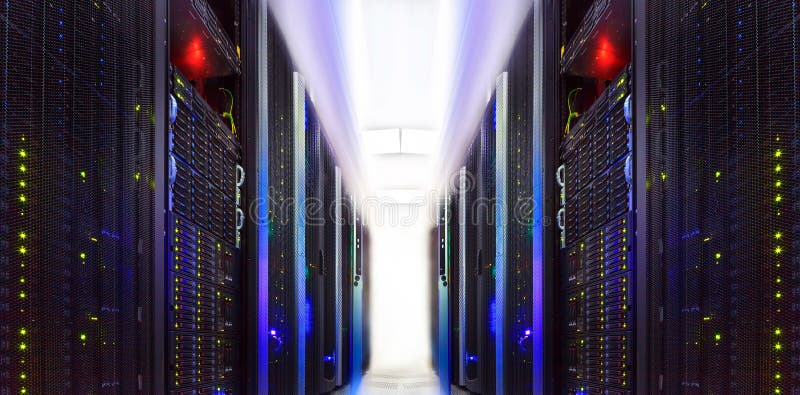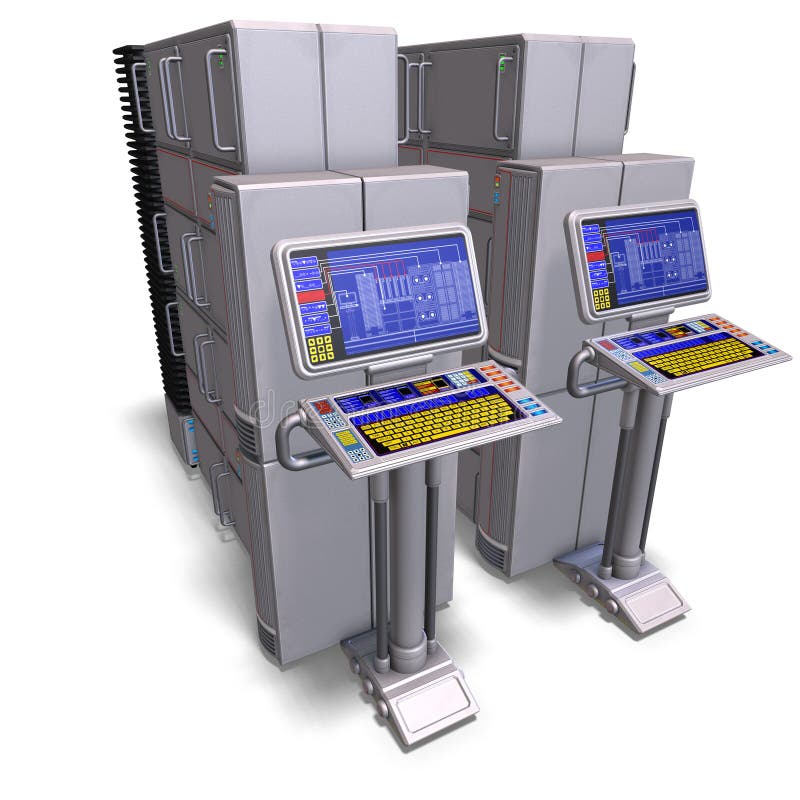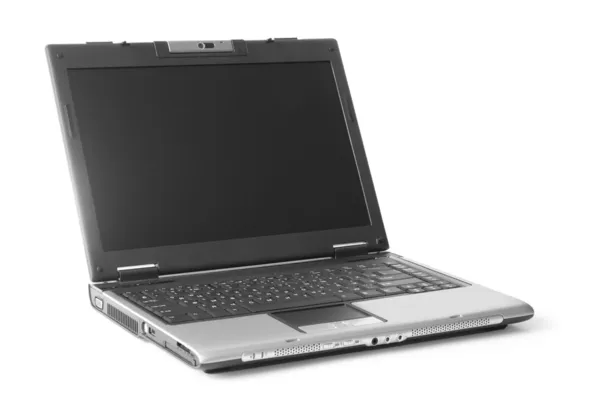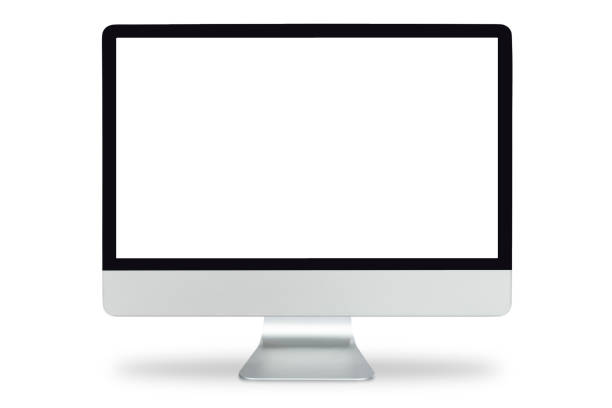Different Types Of Computer
Can a single type of computer perform different tasks as efficiently and quickly as another? Can a PC, for example, perform up to ten trillion individual calculations per second? The answer will be negative. Hence, with the advancement of technology, various types of computers have been invented to perform specific tasks much more efficiently than others.
Are you aware of how many computer types have been invented? If not, then don’t worry; you are at the right place. In this article, we will explain types of computer and delve into their unique characteristics and applications.
But, before we begin exploring different types of computers available in the market, let’s first go through the list of topics that we will cover in this article.
Table of Contents (TOC)
Types of Computers
A computer is a device that converts data into meaningful information, processes the input based on the set of instructions provided by the user, and produces the desired output.
Computers are classified into two categories based on the size of computers and based on the data handling abilities of the computer, as shown in the image below:
Let’s first explore different types of computers available based on size.

Different types of computers based on size
On the basis of size, computers can be divided into five categories, such as:
- Supercomputer
- Mainframe computer
- Minicomputer
- Workstation
- PC
Supercomputer
Let's explain the type of computer known as a supercomputer and its significance in modern computing. Supercomputers are the largest and fastest computers, capable of processing trillions of functions in seconds. These computers are primarily used for data-intensive and computation-intensive scientific tasks such as password encryption and decryption, weather forecasting, exploring the solar system, molecular modeling, etc.

Some of the advantages of using this type of computer are:
- Enables virtual testing
- Calculates up to ten trillion individual calculations per second
- Allows you to decrypt and encrypt your password easily
- Solves more significant issues and can be used for research and development
- Runs more problems in less time and has advanced graphic capabilities
Some of the disadvantages of using this type of computer are:
- It is pricey and takes up a lot of space.
- This type of computer necessitates the use of trained personnel.
- It is not suitable for day-to-day operations and is best suited for specific applications.
Mainframe computer
Mainframe computers have a large amount of memory and processors and can perform billions of transactions and simple calculations in real time. This type of computer is primarily used for transaction servers, commercial databases, and applications that require high reliability, security, and speed. These are the computers to have when ‘0’ downtime is acceptable.

Some of the advantages of using this type of computer are:
- Manages terabytes of data in databases
- Handles high-bandwidth communication with ease
- Processes thousands of transactions per second on a large scale
- Support thousands of users and application programs accessing numerous resources at the same time
Some of the disadvantages of using this type of computer are:
- A mainframe computer has significantly more expensive than a regular computer.
- A mainframe computer requires more space, and a regular person cannot perform maintenance.
- Because of the hardware components, installing a mainframe computer is more complex than installing a regular computer.
- Environmental constraints must be met when placing mainframe computers, such as the temperature of the surroundings should not be excessively high.
You can also explore: Free Online Courses with Certificates
Minicomputer
Minicomputers are smaller, less expensive, and less powerful than mainframes or supercomputers but more pricey and powerful than personal computers. These computers are multi-user systems with more than one user working simultaneously. These computers are primarily used for engineering and scientific computations, file management, business transaction processing, and other similar tasks.

Some of the advantages of using these types of computers are:
- Mini computers are inexpensive.
- Suitable for both private and commercial usage
- Due to their small size, it is easy to transport and use these types of computers.
- This computer makes no noise during operation because it lacks heat dissipation via fans.
Some of the disadvantages of using these types of computers are:
- These computers do not have either a CD or a DVD drive.
- The screen size in these types of computers is small, as is the keyboard.
- These computers cannot be upgraded because the hardware components inside are fixed.
- Because they have limited RAM space, these computers cannot store large amounts of data.
You can also explore: Networking and hardware courses
Workstation
Now let's explain the type of computer known as a workstation and its significance in modern computing. A workstation is a computer or group of computers used primarily by a single user to perform professional or commercial work. These types of computers have more computational (processing) power than a standard PC. They are primarily used for video editing, playing high-graphic games, 3D animation, etc.

Some of the advantages of using these types of computers are:
- These computers are designed to last a long time.
- This computer performs better than a personal computer.
- If an issue or problem arises in these computers, it is simple to diagnose.
- These computers have a larger keyboard than a laptop and are simple to use.
- It has more memory than a PC and multiple processors attached to it.
- These computers are easily scalable as you necessitate more memory and processing power.
Some of the disadvantages of using these types of computers are:
- Since these types of computers are larger than laptops, they are more challenging to transport.
- These computers are extremely heavy, which makes them difficult to move and transport.
PC
A PC or personal computer or microcomputer, is a general-purpose computer for personal use. This type of computer comprises a CPU, memory, an input unit, and an output unit. This type of computer is appropriate for personal tasks such as watching a movie, completing an assignment, etc.

Some of the advantages of using these types of computers are:
- These computers require little maintenance
- These computers are small in size and very easy to use
- This type of computer can be customized to meet the user’s needs.
- These computers have a large amount of disc space, allowing for storing a large amount of data.
- These computers have more RAM, graphics cards, GPU, and hard drive slots, making them easily upgradeable.
Some of the disadvantages of using these types of computers are:
- There is no battery backup on desktop computers.
- A desktop PC requires a dedicated room to be installed.
- A desktop PC always requires a separate mouse, keyboard, and monitor.
Now, let’s explore the types of computers available based on data handling capabilities.
You can also explore these articles:



Different types of computers based on data handling capabilities
Based on data handling capabilities, computers can be divided into three categories, such as:
- Analog
- Digital
- Hybrid
Let’s explore these types of computers in detail, starting with the Analog Computer.
Analog Computer
These types of computers process analog data. (Analog data is constantly changing data that cannot have discrete values.) These computers read the continuous change in input, process it, and then output it.
Analog computers can be classified into four types: slide rules, differential analyzers, castle clocks, and electronic analog computers. These computers also monitor real-world conditions such as temperature, wind, sound, and movement.

Some of the advantages of using these types of computers are:
- Sensors are not required to convert the input/output to/from digital form.
- Since this computer supports parallel and real-time operations, many signal values can be computed at the same time.
- The analog computer setup requires the programmer to scale the dynamic range of the computer, which provides a good understanding of the system and the problem.
Some of the disadvantages of using these types of computers are:
- Analog computers are quite costly.
- The accuracy of these types of computers is limited.
You can also explore: What Is A Motherboard?
Digital Computer
These types of computers stores data in a numerical format (0 and 1) and performs operations on that data using mathematical manipulation. Any input given in any language is first converted into binary language, and then the computer processes the information.

Some of the advantages of using these types of computers are:
- A digital computer is easily programmable; hence it can process many different sets of instructions without being physically reconfigured.
- These types of computers can store loads of data, which is very accurate.
- Digital computers are more reliable, flexible, and compatible than analog computers.
Some of the disadvantages of using these types of computers are:
- Analog computers use less energy and generate less heat than digital computers.
- The components of a digital computer are highly fragile; hence it should be handled with extreme care, as a single unit can bring an entire unit down.
Hybrid Computer
Now let's explain the type of computer known as a hybrid computer and its significance in modern computing. A hybrid computer is made after combining analog and digital computers. As a result, these computers are fast like analog computers and have memory and accuracy like digital computers.
These computers are commonly used in specialized applications requiring analog and digital data processing. A hybrid computer, for example, is used in hospitals to monitor patients’ heartbeats.

Some of the advantages of using these types of computers are:
- Allows for online data processing
- It aids in the real-time solution of large equations.
- These types of computers produce quick and accurate results.
- It requires analog accuracy but digital computer speed.
Some of the disadvantages of using these types of computers are:
- A hybrid computer is more expensive than an analog or digital computer.
- Before designing a hybrid computer, proper planning for software, hardware, and other configurations is required.


Quantum Computer
It is a computer that uses quantum mechanics to store and process data. Unlike classical computers, which use bits to represent data (each bit can be either 0 or 1), quantum computers use qubits (quantum bits), which can be in superposition, meaning they can be both 0 and 1 simultaneously. This allows them to perform calculations much faster than classical computers.
Some of the advantages of using these types of computers are:
- Quantum computers have the potential to solve complex problems much faster than classical computers due to their ability to perform multiple calculations at once.
- They can also perform calculations practically impossible for classical computers to solve, such as breaking strong encryption codes.
- Quantum computers could advance significantly in drug discovery, materials science, and artificial intelligence.
Some of the disadvantages of using these types of computers are:
- Quantum computers are susceptible to their environment, and even small amounts of interference can cause calculation errors.
- They are also costly and difficult to build, with many technical challenges that still need to be overcome.
- The algorithms used to program quantum computers are still in the early stages of development, and how they will be integrated into existing computing systems is still being determined.
Best-suited IT & Software courses for you
Learn IT & Software with these high-rated online courses
Conclusion
In this article, having explained the types of computers, it's clear that each has its specific advantages and disadvantages. If you have any queries related to the topic, please reach out to us through a comment. We will be happy to help!
Happy learning!!
FAQs
What is the difference between a desktop computer and a laptop?
Desktop computers are larger, stationary machines that consist of separate components like a monitor, tower, keyboard, and mouse. Laptops are portable computers with an integrated screen and keyboard, allowing for mobility.
What are servers used for?
Servers are computers designed to manage and distribute network resources. They store and process data, provide network services, and facilitate communication between devices.
How are supercomputers different from other computers?
Supercomputers are exceptionally high-performance computers capable of executing complex calculations and simulations at an extremely fast rate. They are used for scientific research, weather forecasting, and advanced data analysis.
What distinguishes wearable devices from other computers?
Wearable devices, like smartwatches and fitness trackers, are designed to be worn on the body. They are equipped with sensors and processors to collect and process data, often interacting with smartphones or other devices.
How do personal computers differ from workstations?
Personal computers, like desktops and laptops, are designed for individual use, supporting general-purpose computing tasks. Workstations, on the other hand, are specialized computers used for high-performance tasks like graphic design, video editing, and scientific modeling.
What are the 7 types of computer?
There are many different types of computers, but here are 7 of the most common Computer: Supercomputers, Mainframe computers, Minicomputers, Personal computers (PCs), Workstation computers, Microcontrollers & Smartphones.
What are the key characteristics of a workstation computer?
Workstation computers are high-performance machines designed for technical or scientific applications. They typically feature powerful processors, extensive RAM, and high-quality graphics cards. Workstations are optimized for 3D rendering, video editing, and complex data analysis tasks. Apart from all this, they have better reliability and expandability than standard personal computers.
How do minicomputers differ from microcomputers?
Minicomputers are more powerful than microcomputers and are designed to support multiple users simultaneously. Minicomputers are usually utilized in business environments for processing and storage needs. On the other hand, microcomputers are personal computers targeted at individual users, suitable for tasks like word processing and gaming. Minicomputers handle more complex tasks, while microcomputers are typically less robust.
What roles do servers play in a networked environment?
Servers play several critical roles in a networked environment, such as:
- Data Management: Servers store, manage, and retrieve data for users and applications, making it accessible over the network.
- Resource Sharing: They enable devices on the network to share resources such as files, printers, and applications, enhancing collaboration and efficiency.
- Hosting Services: Servers host websites and applications, handling client requests and delivering content as needed.
- Database Services: They manage and provide access to databases, allowing businesses to store and retrieve large amounts of structured data.
- Security Management: Servers often enforce security policies, manage user access, and protect data from unauthorized access or cyber threats.
- Backup and Recovery: Servers ensure data is backed up and can be recovered during failure, minimizing the risk of data loss.
- Application Hosting: They run applications that multiple users access, providing a centralized location for software updates and maintenance.
What is the significance of supercomputers in scientific research?
Supercomputers play a crucial role in scientific research by enabling the processing of vast amounts of data at incredibly high speeds. They simplify complex simulations and models, which are essential in fields such as climate research, molecular biology, and astrophysics. Apart from all these, these computers allow researchers to analyze intricate phenomena, predict outcomes, and test theories that would be impossible with standard computers.

Anshuman Singh is an accomplished content writer with over three years of experience specializing in cybersecurity, cloud computing, networking, and software testing. Known for his clear, concise, and informative wr... Read Full Bio





Comments
(4)
N
5 months ago
Report Abuse
Reply to Niru Kumari
V
7 months ago
Report Abuse
Reply to Vishal Kumar
S
8 months ago
Report Abuse
Reply to Sunil Thakur
R
11 months ago
Report Abuse
Reply to Rupesh Pawar